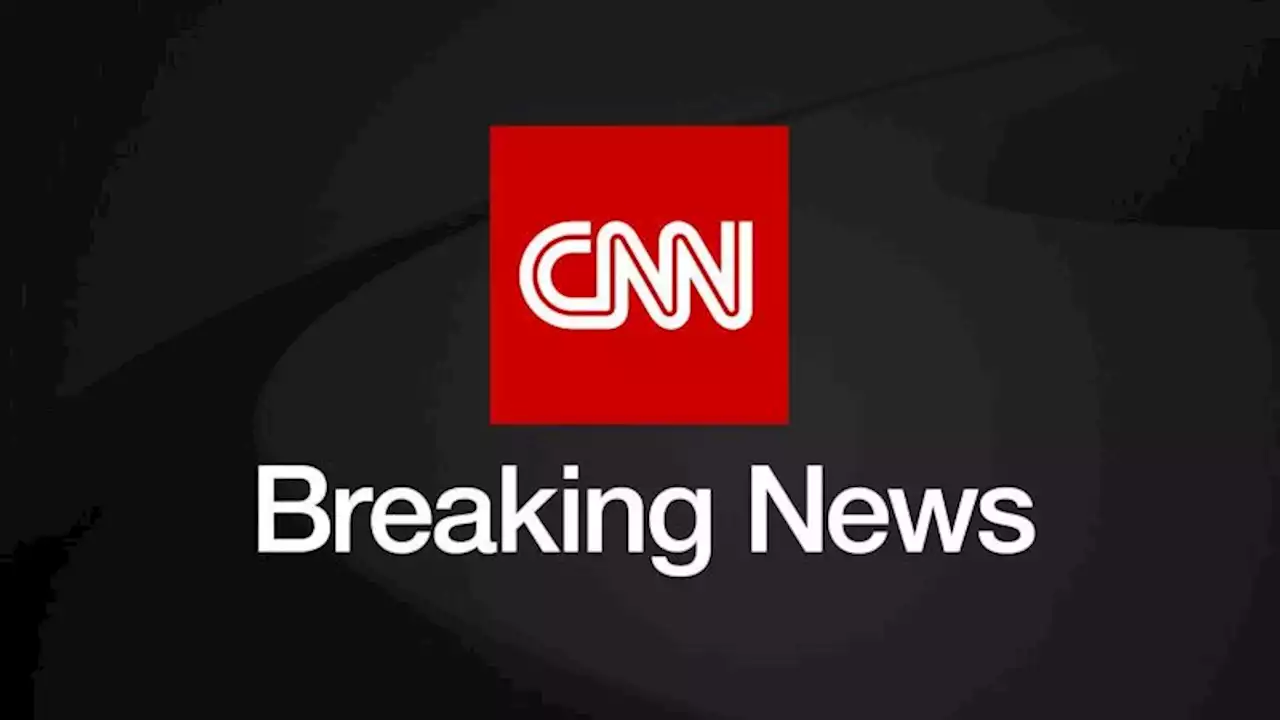There are no fossil fuels being burned, no coal or oil or natural gas heating the planet and filling the air with pollution. But are they really clean? Across the West, dams have reshaped ecosystems for the worse, raising water temperatures and driving fish species toward extinction. The debate over their future has scrambled traditional political alliances.
The Snake River rushes through Hells Canyon Dam as night falls on the Idaho-Oregon border.Almost 40 feet below the surface of the Snake River — whose waters originate in Yellowstone National Park, then cascade down the Rocky Mountains and course across Idaho — Lincoln makes a call to the power plant control room. The narrow hallway where we stand waiting is chilly, the air dank and the floor covered with leakage from the river.
Here in the narrow hallway, it’s getting louder and louder, the walls rattling and rumbling. There are no fossil fuels being burned, no coal or oil or natural gas heating the planet and filling the air with pollution. Just hydropower, which forms the backbone of the Gem State’s electric grid and has allowed Idaho Power to pledge 100% clean energy by 2045.
Nobody has proposed tearing down Idaho Power’s hydroelectric plants — at least not yet. But one of the nation’s highest-profile battles over dam removal is playing out downstream in Washington, near the Snake River’s confluence with the Columbia. And as much damage as dams cause, other types of climate-friendly power generation aren’t totally clean either.
Brownlee Reservoir is low this spring morning. A boat dock is totally dry, its end not quite reaching the water. A thin bathtub ring lines the bottom of the hills on the far side, as Idaho Power leaves room for mountain snowmelt after a wet winter. Hauser isn’t Native American. But as the foundation’s executive director, and its environmental program director before that, he’s gotten so invested in the struggle for justice that it’s hard for him to visit this wildly altered stretch of the Snake River.
As many as 1.7 million chinook salmon and steelhead once returned from the Pacific each year to spawn upstream of where Hells Canyon now interrupts the Snake. Idaho Power says that number had dropped to 25,000 by the time its dams were built.“This was the most productive fall chinook spawning area in the world,” Hauser says. “And now we’ve gone to zero fish.”
Hydroelectric dams are, on the whole, still a lot better for the atmosphere than fossil fuels. But they’re no saint.“The concept that hydropower is clean power is really a fallacy,” Hauser says. The debate frustrates Hauser, who says there’s never been serious talk about dismantling the Hells Canyon dams so harmful to the tribes he represents. But he’s been hesitant to push for them to come down, worried that doing so could prompt a backlash that jeopardizes support for removing the four dams on the Lower Snake.
So it was startling when Idaho’s largest utility announced in 2019, halfway through the Trump administration, that it would target 100% clean energy. Deep-blue California had adopted such a mandate just six months earlier, and there was no movement in the Idaho Legislature to do the same. Yet Idaho Power was one of the first U.S. utilities to commit to zero carbon pollution.Lisa Grow, the company’s chief executive, has a simple answer: People were asking for it.
We park atop Hells Canyon Dam. Dark clouds loom overhead, the water below glistening in the early-morning light as it carves a path between the brown rocks of Oregon’s Wallowa Mountains and Idaho’s Seven Devils Mountains. Two of the dam’s hydropower turbines are running; workers are preparing to replace the third later this afternoon, nearly 60 years after it first started up.
So Idaho Power gave up on that program, with federal officials instead ordering the utility to build a series of hatcheries.We tour a hatchery later that day. It’s run by Idaho Department of Fish and Game staff, who take steelhead captured behind Hells Canyon Dam and combine their eggs and sperm. Employees have produced about 1 million eggs over the last few weeks.We head to the incubation building, where a staffer pulls out a shallow tray full of eggs.
Luke Papez and his employer hope to build hundreds of wind turbines across this vast stretch of mostly public lands. “I’m going to have an opinion,” Papez says. “But it’s not going to be the same as your opinion, and it’s not going to be the same as a Japanese American’s opinion.... There’s some amount of science to it, and there’s some amount of subjectivity to it.”But it’s a valuable case study for why tearing down dams would make stopping climate change even harder.
“That would be easy,” he says. “But I think the things that are worth doing in life often aren’t that easy to do.”After bidding adieu to Papez, we head to Minidoka National Historic Site. It’s not hard to grasp the trauma experienced here.As we walk across the quiet grounds — past historic barracks, a restored baseball field and an “honor roll” listing more than 800 incarcerees who went on to serve in the U.S. military, many voluntarily — Achilles and her colleagues have stories to share.
The company’s initial plan included turbines as close as two miles to the historic site. But Papez and his team are open to other configurations. Under one of the “preferred alternatives” studied by the Biden administration, federal officials could require LS Power to build turbines no closer than 8.5 miles to Minidoka, shrinking the project from 400 turbines to 269.Definitely not, Achilles says. The landscape is so flat, she tells me, that turbines could be seen dozens of miles away.
Hydropower from the Pacific Northwest has been especially valuable for California, helping the state keep the lights on after dark. At the same time, global warming is making dams a less reliable energy source by sapping the flow of Western rivers.
United States Latest News, United States Headlines
Similar News:You can also read news stories similar to this one that we have collected from other news sources.
 Disney 100: Wish Producers Reveal Their Hopes for the Company's Next 100 YearsJennifer Lee wants more moms in Disney movies.
Disney 100: Wish Producers Reveal Their Hopes for the Company's Next 100 YearsJennifer Lee wants more moms in Disney movies.
Read more »
 What Netflix’s ‘Live to 100’ Gets Right (& Wrong) About ImmortalityBryan Johnson has made headlines with his plans to live forever, but Netflix's Live to 100: Secrets of the Blue Zones takes a more realistic approach.
What Netflix’s ‘Live to 100’ Gets Right (& Wrong) About ImmortalityBryan Johnson has made headlines with his plans to live forever, but Netflix's Live to 100: Secrets of the Blue Zones takes a more realistic approach.
Read more »
 One dead, one in hospital after breaching whale capsizes boat in AustraliaOne man is dead and another in hospital after a boat reportedly struck by a whale capsized in waters off Sydney, Australia, early Saturday morning local time.
One dead, one in hospital after breaching whale capsizes boat in AustraliaOne man is dead and another in hospital after a boat reportedly struck by a whale capsized in waters off Sydney, Australia, early Saturday morning local time.
Read more »
 Dodgers beat Giants to move to verge of another 100-win seasonFreddie Freeman hits his 59th double and 29th home run of the season, but Miguel Rojas leaves with a hand contusion in the Dodgers' win over the Giants.
Dodgers beat Giants to move to verge of another 100-win seasonFreddie Freeman hits his 59th double and 29th home run of the season, but Miguel Rojas leaves with a hand contusion in the Dodgers' win over the Giants.
Read more »
 General Motors lays off more than 100 workers at Parma Metal Center as UAW strike growsGM said in a statement that the 'UAW leadership’s decision to call a strike at GM Wentzville Assembly, and now GM Lansing Delta Township Assembly, continues to have negative ripple effects.'
General Motors lays off more than 100 workers at Parma Metal Center as UAW strike growsGM said in a statement that the 'UAW leadership’s decision to call a strike at GM Wentzville Assembly, and now GM Lansing Delta Township Assembly, continues to have negative ripple effects.'
Read more »
